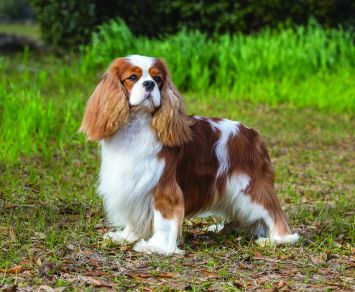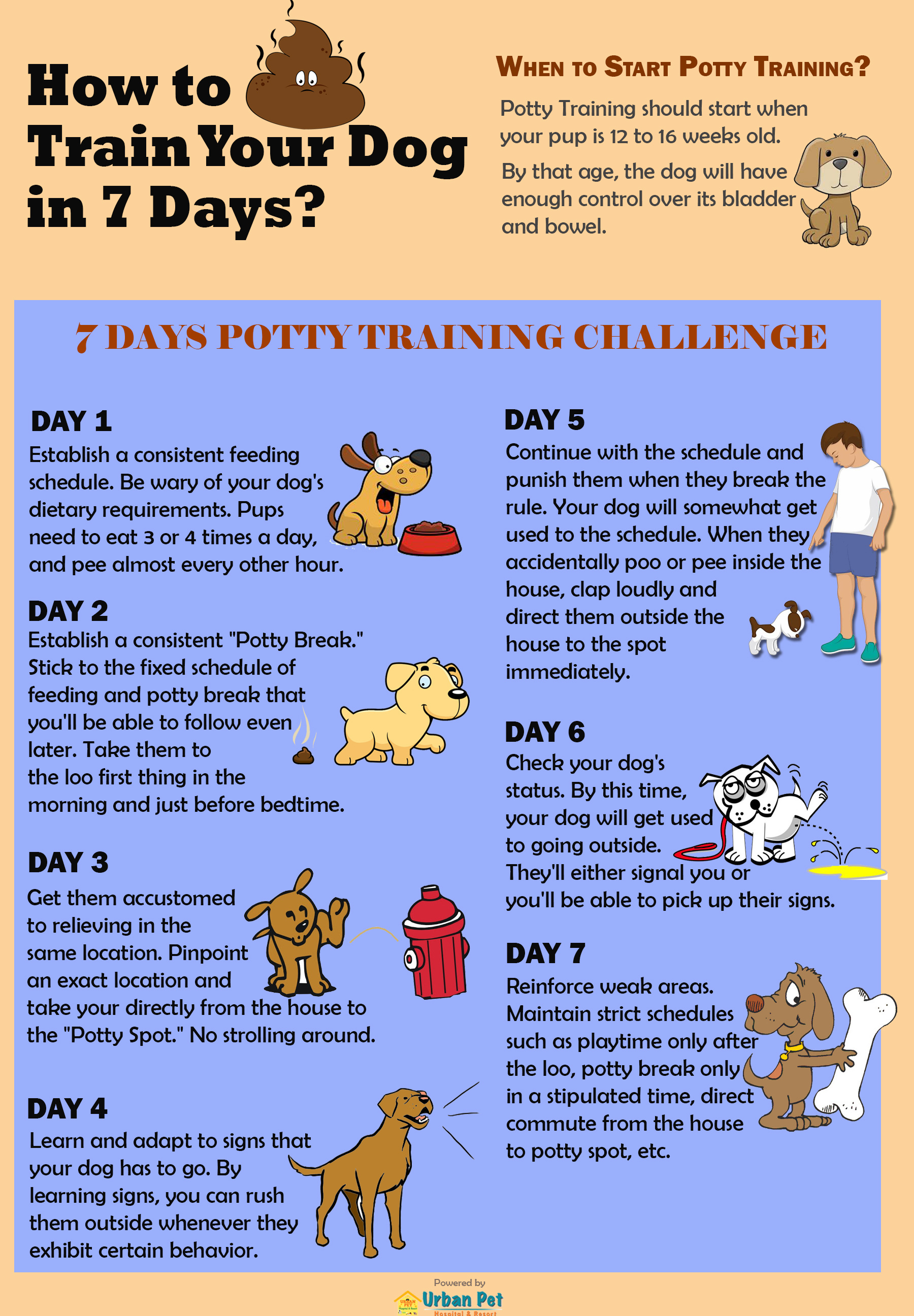
It isn’t easy to get your new dog to relieve itself in a designated place. Anyone who has brought a new pup or an untrained dog home must know they have to spend countless hours training their pet to poo in a designed place.
Training your new dog to poo in a designed place isn’t always the first thing you should do. First, you should start with housebreaking your pup. As you begin, keep in mind that fully housebreaking your puppy can take four to six months of consistency and patience.
When to start potty training?
This is the most discussed question among the dog trainers, when do you start potty training? Many canine experts advice to start potty training is between 12 and 16 weeks old. By that age, the dog will have enough control over its bladder and bowel movement.
The dogs which are housebroken can easily adapt to potty training. Even after initial house training, most dogs still need a few weeks of practice to hold their bladder for a good amount of time.
How do I start potty training my dog?
The good news is that you can usually potty train your dog in just a week.
Size can be a predictor when it comes to potty training. For instance, smaller breeds have smaller bladders and higher metabolisms and require more frequent trips outside. You Chihuahua is more likely to visit Powder Room than the big dogs like German Shepherd or Great Dane.
And while you're training, don’t worry if there are setbacks. Dogs may take time to adapt to a certain lifestyle. Don’t forget to reward them with a treat but just praise or pat after they’ve successfully relieved themselves in the designated spot.
The Seven Day Potty Training Schedule
- Day of Training Goal
- Day 1 Establish a consistent feeding schedule.
- Day 2 Establish a consistent "potty break" schedule.
- Day 3 Get your dog accustomed to relieving himself in the same location every time.
- Day 4 Make sure you know the signs that your dog is about to go, and take him outside when appropriate.
- Day 5 Less accidents inside the house should now be happening. When one happens, guide the dog outside to the potty spot.
- Day 6 Check your dog's status.
- Day 7 Reinforce weak areas.
Day 1
Start the day by establishing a regular feeding schedule that you'll be able to stick with. A consistent eating schedule will ensure that your dog relieves in a consistent routine. Be wary about your dog's dietary requirements. Pups compared to dogs need to be fed 3 or 4 times a day with enough water to help digest their meal.
Day 2
You'll basically continue with your first day's schedule. Strictly stick to the schedule and feed your dog on a regular basis. Take them to the loo the first thing in the morning as well as just before you go to bed at night.
Smaller dogs and young pups should be taken for loo after every hour or so during the day. Young pups relieve themselves up to five times a day.
Every time it does its business, you can offer it a treat and verbal praise to bolster its motivation.
Day 3
You should use this day to pinpoint an exact location where your dog should defecate and pee. Start taking them to the spot at all times when they must relieve themselves. This will be their "potty spot." After each routine, you can offer them a treat.
Day 4
On day four, you can start by noticing and working with potty signals. Work on spotting the signs that your dog is about to go. You must allow yourself time and patience to keep an eye on their behavior.
By learning this method, you can rush them outside to a specific location whenever they exhibit signals.
Day 5
By day five, your dog will somewhat get used to relieving on that specific spot. All you'll need to do is guide them outside. In the case of young pups, the occasional accidents could continue but let yourself down. Continue with the schedule.
When your pup accidentally relieves inside the house, you should punish it. Let them know this by clapping loudly then immediately take it outside to the potty spot. Each time it's able to relieve on the potty spot, reward it a treat.
Day 6
Day six is a status check day. By this time, your dog will make significant progress. The whole idea is to train your dog to visit the potty spot by itself or signal you to take it there whenever they need to relieve it.
Day 7
After a week of consistent potty training, your dog will get used to this schedule. Don't forget to punish them every time they accidentally defecate inside the house. It's important to instill good value in them.
You can start gradually slowing the treats, so they get used to their potty schedule without any rewards.
- Few Basic Guidelines
- In the case of a small pup, you can train them to wait for at least three before going to the loo. A two-month puppy can hold its bladder for three hours. You have to teach them to wait three hours. For bigger and older dogs, the time length span can be over 5-6 hours.
- Do remember, pups often need to go outside after waking up, eating, chewing their toys and playing, etc.
- Every month, you can start adding one hour to the puppy’s tolerance. This can go up to about eight hours a day.
- Eight hours is the maximum. Even the biggest adult dogs shouldn’t be expected to hold it for more than eight hours.
- Don’t immediately start at the maximum time possible for your pup just because it can hold it for over three hours. Train them to a certain schedule gradually so they’re less likely to make mistakes.
Things to Remember
- Be Direct - Always take your dog directly to the potty spot. Don't take your pup for a walk around or sniff around things. The commute should be direct from the house to the potty.
- Offer treats - Always offers treat and rewards when they go outside. you can gradually lessen the treats when they get used to the potty schedule.
- Don’t make potty the last part of the trip -Don’t end the trip outside as soon as they pee. This will teach them to hold it as long as possible
- Be patient - Getting your dog to defecate or pee immediately can be a difficult affair. Instead, treat this as a boring time for yourself and your dog. No playtime after late-night potty breaks.
- Go back inside immediately if they don't relieve - Take them inside to the house immediately if they don't defecate. Try again in the next 20-30 minutes.
- Monitor your dog's access to water before bedtime to reduce late-night potty breaks.
Here is the brief infographics about for the advice on how to potty train your dog in just 7 days.

It isn’t easy to housebreak or potty train your dog. You’d need to be prepared mentally to effectively potty train your dog. Get in touch with Urban Pet Hospital & Resort, the best doggy daycare in Urbandale., for training your dogs and the best doggy daycare service.